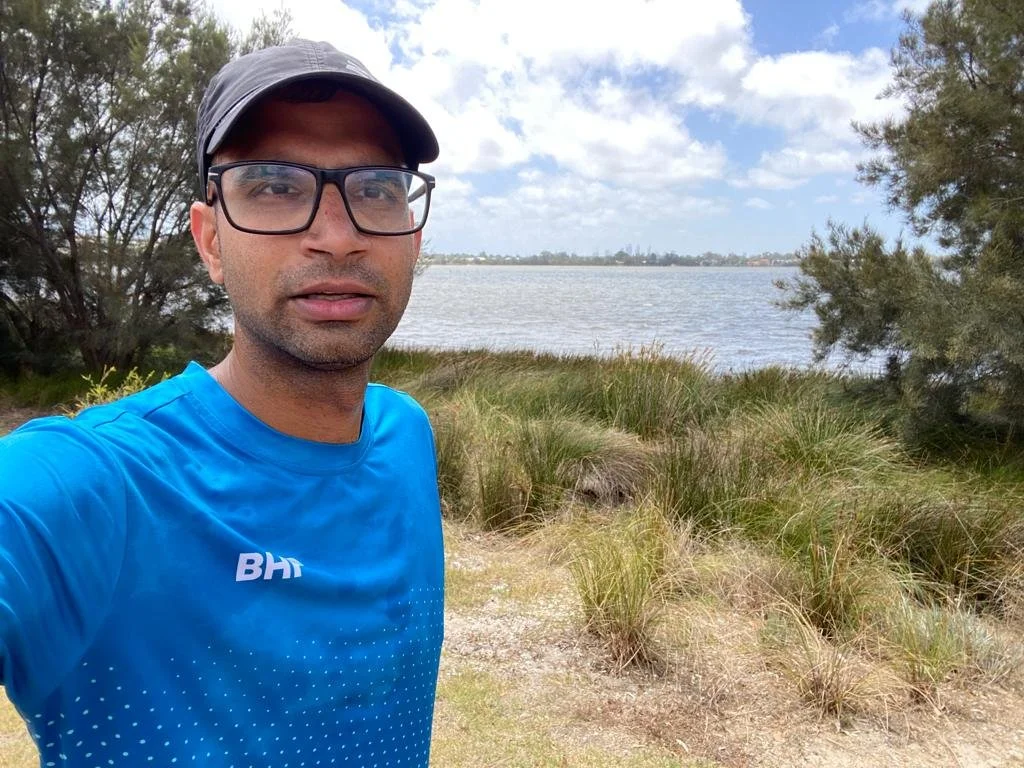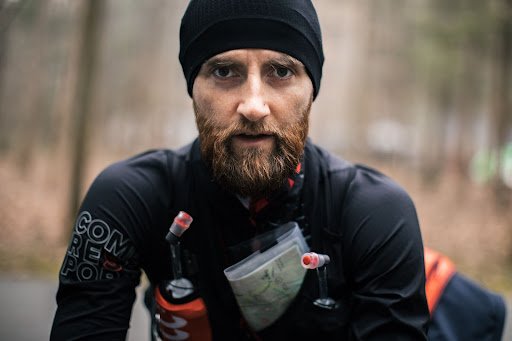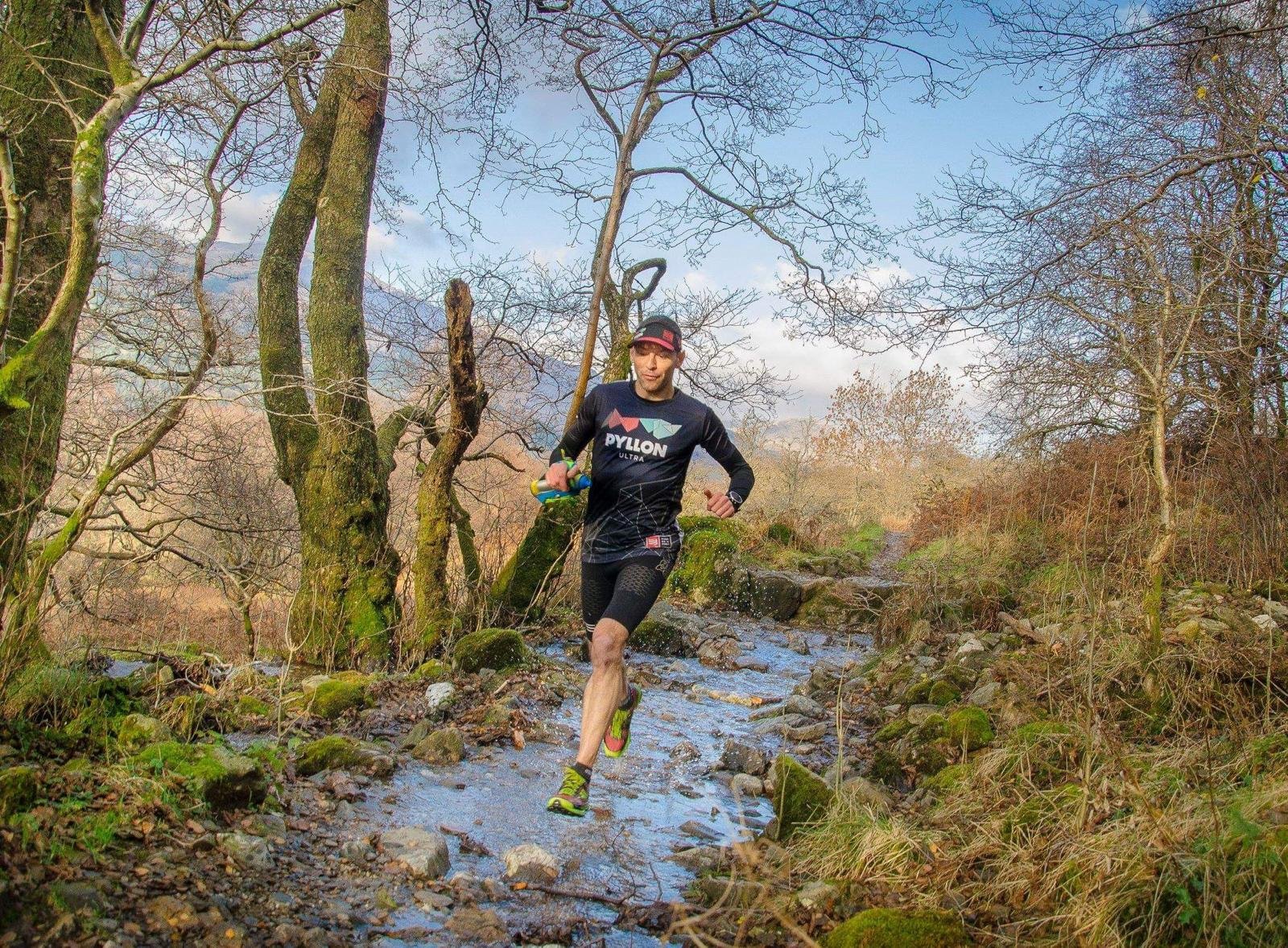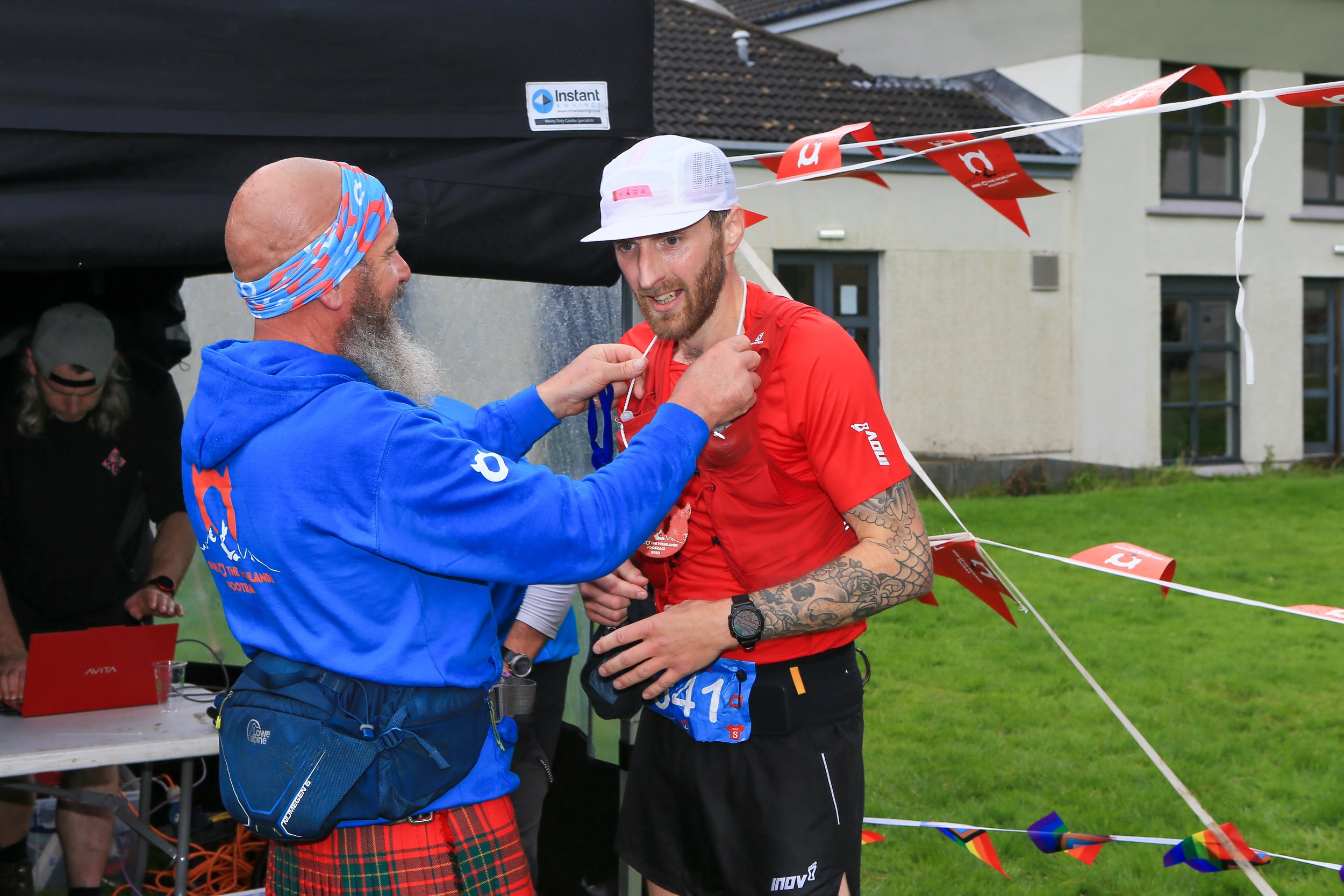Who or what inspires you?
Ayrshire lad Alan was born, raised, educated, and now works within the same 3-mile radius; maybe that’s why he felt compelled to wander an advertised 215 miles (and added 21 miles on for fun).
Alan counts himself lucky to have the support of his wife, Kirsty, their two sons, Ethan and Roddy, and the star of the family unit, little Rocky, the border terrier. In fact, it sounds like Alan’s running is a blessing for his family as he’s often kicked out the door to run off his grumps.
When it comes to inspiration sources, Alan doesn’t need to look further afield than his immediate circle.
“My Mum and Dad are my biggest inspirations.
My Mum was diagnosed with Oesophageal cancer when I was in my mid-twenties. She had lived a healthy lifestyle but unfortunately was diagnosed with a very aggressive form of cancer, which she fought tooth and nail for a year to beat but unfortunately lost the battle. Not only did she put her body through hell to fight the disease, but she never complained, and I often think about that in training and races. Nothing I go through in races is ever as hard as my Mum experienced, and I use that as fuel.
My Dad has also had difficult health issues but has tackled them head-on, and he continues to inspire me daily with his determination and strength to make change.
I want to show my kids that anything is possible, and the example my parents set for me, I want to pass to them. I see Ultra’s as a perfect way to show the kids that hard work, focus, and the human spirit can overcome anything. They also see the work and sacrifice it takes to achieve personal goals, and I hope they take that into their own lives.”
Describe your perfect adventure
“With my brother Ed, in Assynt in the North of Scotland running in the hills and mountains chatting and laughing. The weather will be uncommonly dry, with very few midges and no-one around for miles. Summer solstice time so we can run through the night without head torches. That would be perfect!”
Ha ha ha, dream on Alan! Uncommonly dry and very few midges? Alan’s perfect adventure is the polar opposite of what he signed up for with RAS.
Where do you draw your courage from?
It takes enormous fortitude not just to consider standing at the start of a race of this scale but to commit to the training. They say almost anyone can fluke a marathon. You can’t fluke 215 miles! Alan was certainly going to need more than luck on his side. But true to form, he committed to training once his mind was made up.
“I draw courage from my experiences in previous races. I had a lot of time to think during the RAS, and I realised that every challenge I faced in RAS I had faced before in another race. What I had learned from those experiences helped me navigate the current challenge. Injury, hallucinations, getting lost, torrential rain, feeling sick, confusion, headtorch giving out, not enough calories, and running out of water had all featured in other events or training.
I knew that I had previously pushed through or problem-solved those issues, which gave me the confidence to keep going. The more I can experience, good and bad in a race, will make me a better runner, and that was never more apparent than in the RAS.
There is the well-known saying, “It doesn’t always get worse.” but I was finding sometimes it does! I think if I hadn’t had a mixed bag of races, results, and experiences, I would not have been able to finish the race.”
What attracted you to the Race across Scotland?
The Race Across Scotland traverses Scotland along the Southern Upland Way, starting in the Western village of Portpatrick and finishing in the Eastern town of Cockburnspath. Any race with a 100-hour cut-off time is sure to demand deep reverence.
We all have our own personal why when it comes to our running. But very few people are drawn to this sort of distance. For Alan, once he started thinking about the possibility of this adventure, he couldn’t get it out of his mind. And so his love affair began.
“RAS is easily the hardest race I have done. Physically and mentally, it was a test beyond anything I had attempted before.”
After completing the WHW Triple Crown, RAS caught Alan’s attention and consumed his thoughts. He couldn’t shake the idea of it. Turning to his coach, Grant McDonald, for his thoughts, all Alan needed to hear was, “F*ck yeah - go for it!” and that was it, deposit paid.
The difference between a standard human being and a hardened ultra runner is that a hardened ultra runner seeks out failure.
“I wanted to do it because I thought the chances of failure were high (60% DNF rate) and therefore knew it would test me in every way. It gave me the fear, and that meant I focused 100% on training and did everything I could to be ready.”
























